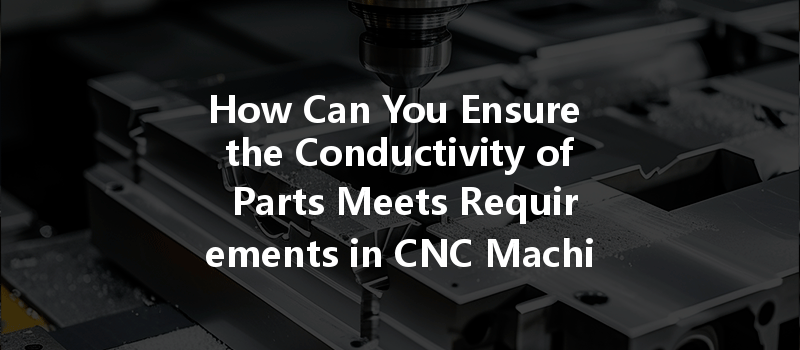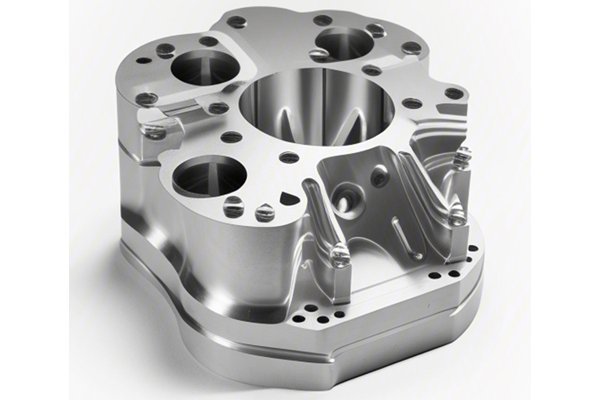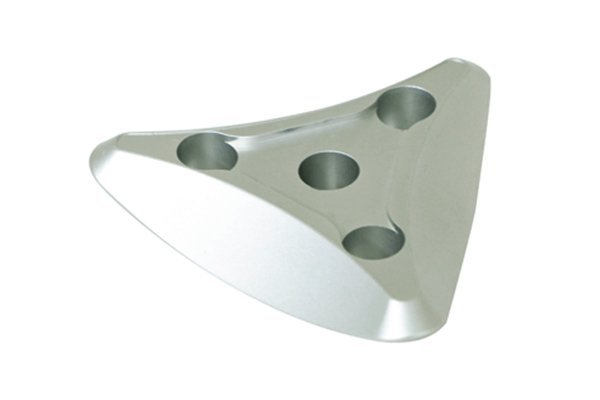—
Did you know that electrical conductivity is one of the most vital properties in the CNC machining of metal parts, particularly for industries like electronics, aerospace, and automotive? As the demand for high-performance components increases, ensuring that the conductivity of parts meets stringent requirements has emerged as a crucial task for manufacturers. In a world where technology relies heavily on efficient and reliable electrical components, how can CNC machining provide the necessary assurance without compromising quality and performance?
—
The Importance of Conductivity in CNC Machining
Electrical conductivity, the ability of a material to conduct an electric current, influences many factors in product performance and reliability. In CNC (Computer Numerical Control) machining, which revolves around precision engineering and high standards, ensuring the conductivity of parts can mean the difference between success and failure in product function.
Materials like copper, aluminum, and certain stainless steels are known not only for their strength and durability but also for their electrical performance. When manufacturers fail to choose or process these materials correctly, they risk producing parts that do not meet electrical conductivity standards. As a result, understanding how to ensure the conductivity of parts through CNC machining becomes an essential component of product development.
—
Understanding the Factors Affecting Conductivity
Conductivity is inherently linked to several material properties, and the CNC machining process itself can influence these. Here are the key factors that affect conductivity in CNC machined parts:
Choosing the right material is foundational. Here are the most notable conductive metals used in CNC machining:
Conductivity can significantly differ based on the alloying elements and how they interact under CNC machining processes.
The methods employed during CNC machining also play a crucial role in maintaining or enhancing conductivity. Here are some techniques to consider:
Finally, environmental factors such as temperature and humidity can affect the conductivity of materials in CNC machining. Especially with aluminum, which oxidizes easily, operating in controlled conditions can help maintain conductivity levels.
—
Strategies to Ensure Conductivity in CNC Machined Parts
To ensure that the conductivity of CNC machined parts meets the required specifications, manufacturers can take several strategic measures:

Before beginning the machining process, it’s vital to perform a thorough analysis of the materials being used. This may include conductivity testing methods such as:
Choose materials that have been previously vetted for their electrical properties under machining conditions.
Utilize advanced CNC machining techniques that allow for greater precision in cutting and shaping materials. Computer software can simulate the machining process to predict how materials will behave, helping mitigate issues before actual production.
A strict quality control process helps ensure that parts meet required conductivity specifications. This can include:
Engaging with CNC machining experts can provide valuable insights into the proper handling and machining of conductive materials. Their experience can guide material choices and machining processes that ensure high conductivity standards.
—
Real-World Applications
Ensuring the conductivity of CNC machined parts is critical in real-world applications. In the aerospace industry, for instance, components require not only strength but also efficient electrical conductivity to ensure reliable communication systems. Similarly, in electronics, ensuring conductivity in connectors, circuit boards, and other components directly determines functionality and performance.
Case Study: Successful CNC Machining of Conductive Materials
A notable example includes a project undertaken by a CNC machining company specializing in aerospace components. Faced with the challenge of producing a custom circuit housing in aluminum, the company incorporated precise machining techniques and surface treatments carefully aligned to maintain the conductivity specification.
By performing extensive material testing before machining, along with implementing a rigorous quality control process throughout production, the final product exceeded the client’s conductivity requirements. From enhanced performance to long-term reliability, this project serves as a testimony to the importance of ensuring conductivity in CNC machining.
—
In conclusion, ensuring the conductivity of parts during the CNC machining process is integral to the performance and reliability of various applications across industries. By comprehensively understanding the factors that influence conductivity—including material selection, machining techniques, and quality control measures—manufacturers can produce high-quality components that meet industry standards.
As technology continues to evolve and the need for reliable electrical components grows, the importance of ensuring conductivity in CNC machining cannot be overstated. For industry stakeholders, taking these considerations seriously not only enhances product quality but also strengthens market competitiveness. As CNC machining joined forces with innovative approaches and technologies, it holds the key not only to precision engineering but also to a future of reliable product performance.
Ultimately, while the complexities of ensuring conductivity can be daunting, the potential benefits—including product longevity, efficiency, and reliability—make it a critical consideration worth pursuing. As this critical piece of manufacturing continues to be refined, the industry must remain vigilant and proactive in addressing conductivity challenges to harness the full potential of CNC machining in an increasingly electrified world.






